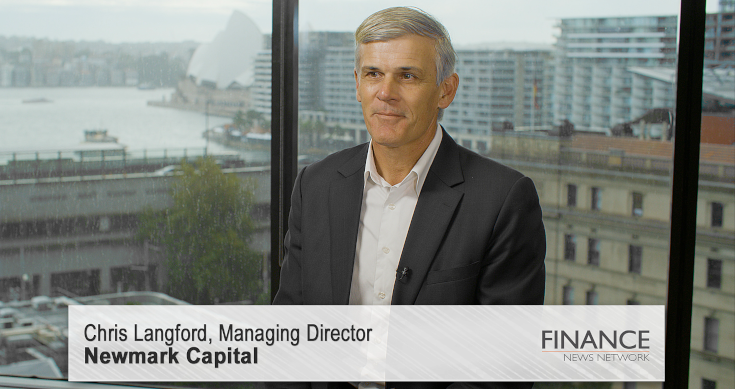The recent upsurge in home lending in the closing months of last year helped US-controlled mortgage insurer, Genworth to a sharp rise in December half-year premiums and earnings.
Genworth said the jump in lending with high Loan to Valuation ratios above 80% (where lenders require mortgage insurance for (usually) a three year period at the start of a loan) saw a 60% jump in statutory net profit after tax of $120.1 million, up from just over $75 million in 2018.
On an underlying basis, net after-tax profit was $97 million, up around 5$ from 2018’s $93.9 million which more accurately reflected the reality of the company’s performance in 2019.
As well as the strong 28% jump in gross written premiums the company saw higher investment income, and a lower loss ratio as housing arrears declined and confidence levels rose as banks freed up lending.
“This result reflects the higher volume growth in traditional LMI flow business across Genworth lender customers as property prices continued to rebound over the last quarter of 2019.
“The December month was our highest monthly GWP result for FY19, reflecting improved home buyer confidence and affordability particularly in Sydney and Melbourne,” directors said in Wednesday’s release.
It will pay a fully franked final dividend of 7.5c a share, in line with previous guidance. That took full-year dividends to 62.6 cents a share, of which 16.5 cents are fully franked.
Acting chief executive Duncan West said the company’s premium growth was above guidance, helped by strong growth from banks, “policy cancellation initiatives,” and its work to improve its product range.
In its outlook, the insurer said it expected house prices would rise in 2020, but bushfires could lead to loan delinquencies and disrupt regional economies.
Genworth shares fell 2.8% yesterday to $3.80 after Tuesday’s 8.3% jump.








